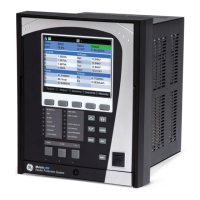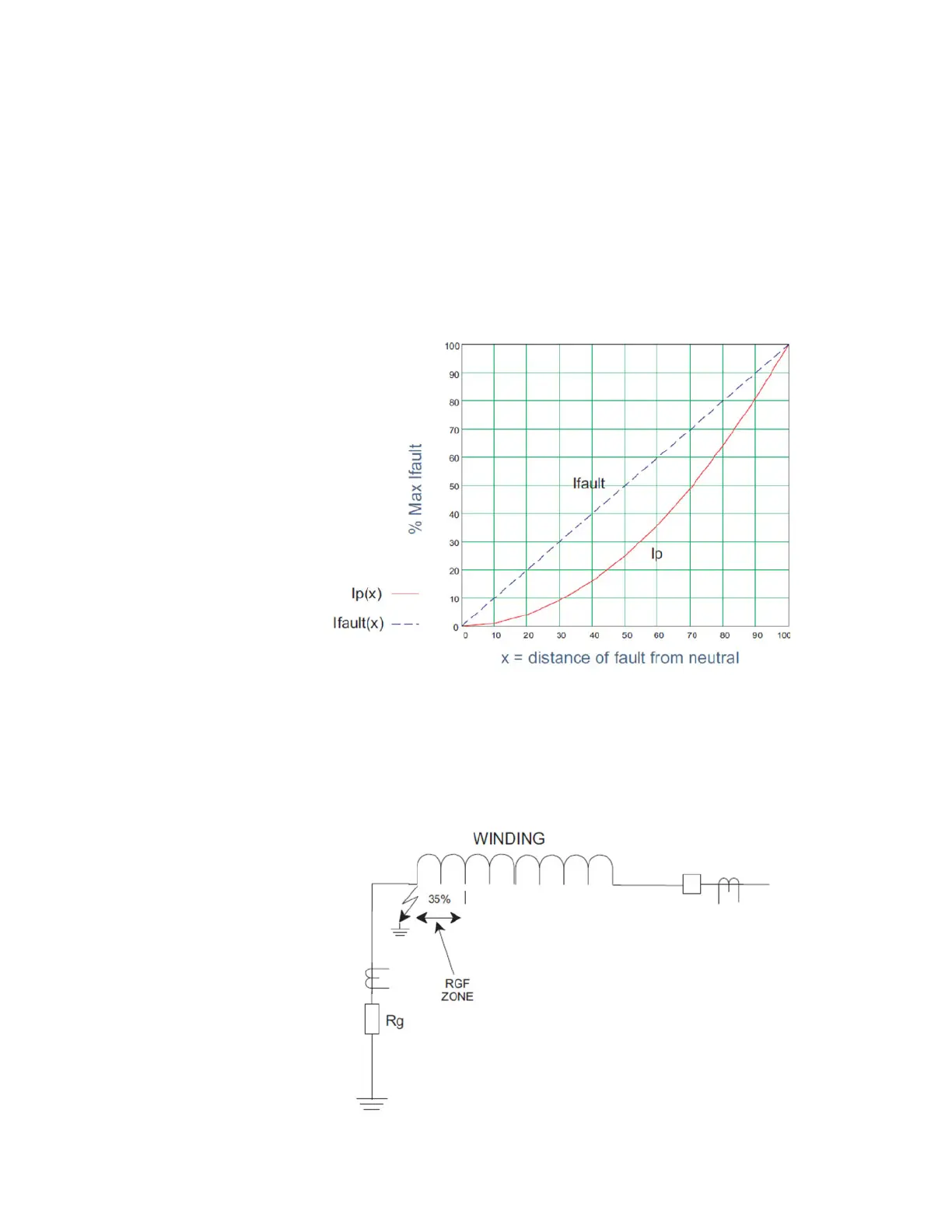
 Loading...
Loading...
Do you have a question about the GE 850 and is the answer not in the manual?
| Brand | GE |
|---|---|
| Model | 850 |
| Category | Protection Device |
| Language | English |
Provides a general description of common setpoints and their operational characteristics.
Covers device configuration modes (Simplified/Regular) and custom configuration options.
Details various current-based protection elements like TOC, IOC, and directional overcurrent.
Details local control operations for breakers and switches via front panel or contact inputs.
Explains the arrangement of internal digital logic and user-programmed parameters for flexible control.
Provides detailed technical specifications for the device, including protection, input/output, and communication parameters.
Introduces undervoltage, overvoltage, and frequency protection elements.
Details the Breaker Failure scheme for detecting and responding to breaker failures.
Outlines safety indicators, general precautions, and specific warnings for installation and operation.
Explains Basic Security and CyberSentry features, including roles, password complexity, and AAA server authentication.
Covers the Autoreclose scheme for automatic reclosing after faults.